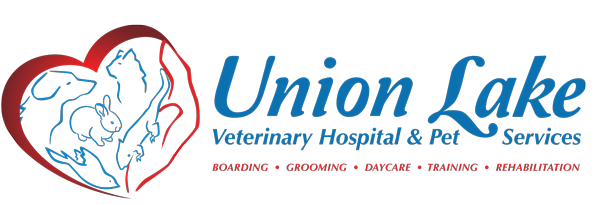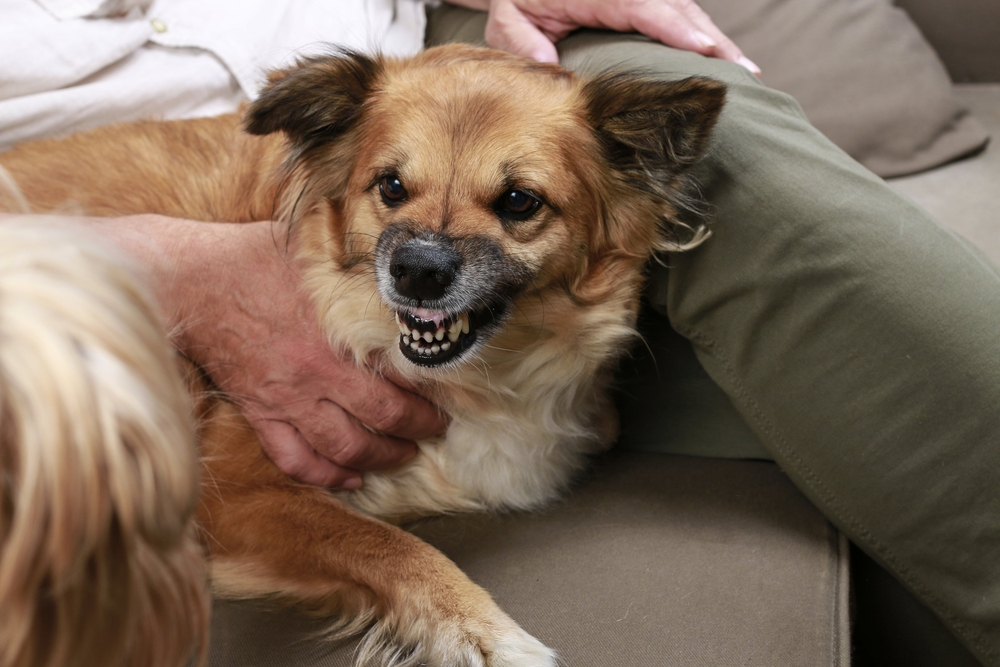Living with an aggressive dog isn’t always easy. Canine aggression is one of the leading reasons why pets end up in shelters. Abnormal aggression occurs when the dog perceives a threat where it does not exist, like barking, growling and lunging toward unfamiliar people on walks. Quite a few aggressive dogs weren’t socialized or are under socialized. Others tend toward aggression out of a fearful or anxious nature. Learn more about how to deal with an aggressive dog from your dog behavior experts at Union Lake Pet Services.
The Causes of Aggression in Dogs
The first thing you need to do when assessing your dog’s aggression is to figure out their triggers. There are several forms of aggression that occur in dogs and understanding what triggers them allows you to treat the problem.
Possessive Aggression in Dogs
Possessive aggression in dogs in a normal behavior that comes from an instinct to react to a perceived threat. While it may be a useful, necessary behavior in the wild it can become a problem when it is directed toward another dog or person. In this situation, it is important to understand what your dog’s coveted things are, so you can stow them away when you are with other dogs and people. Potential triggers may include their food, favorite toys and high-value treats.
Fear and Anxiety Based Aggression in Dogs
Like in humans, dogs experience fear, stress, and anxiety that causes them, at times, to go into fight or flight mode. If they sense a threat, they will attempt to distance, but if they cannot, they will possibly escalate to aggression. Fear is one of the primary reasons why a dog will lash out. If they have a history of trauma or abuse, they will be more likely to be aggressive.
Territorial Aggression in Dogs
This form of aggression relates to aggression directed toward people or animals that are unfamiliar to them, when they enter the dog’s perceived territory (i.e. house, room, yard, and bed). Fear is an underlying component with territorial aggression and there is a strong learning component as well.
Other Forms of Aggression
Other forms of aggression in dogs are pain-related aggression, reproductive aggression, and predatory aggression with dogs who have a hardwired prey drive.
How to Help an Aggressive Dog
If your dog is behaving aggressively, you need some additional help. The last thing any loving dog owner wants is to know their pet just attacked or bit someone. There are ways to address aggression in dogs with some time investment and effort. First, see your veterinarian to ensure your pet’s behavior isn’t due to pain or an illness. We then recommend that you seek the help of a veterinary behaviorist and a certified professional trainer.
You should not remain in any stressful situation with your dog and get them away from possible triggers. We have a number of methods to address aggressive or reactive behavior in dogs, such as behavior modification, medications, training and socialization. If you would like more information on how to help an aggressive dog, or would like to schedule a class with us, please call.

